Home>Gardening & Outdoor>Landscaping Ideas>How To Treat Burnt Grass
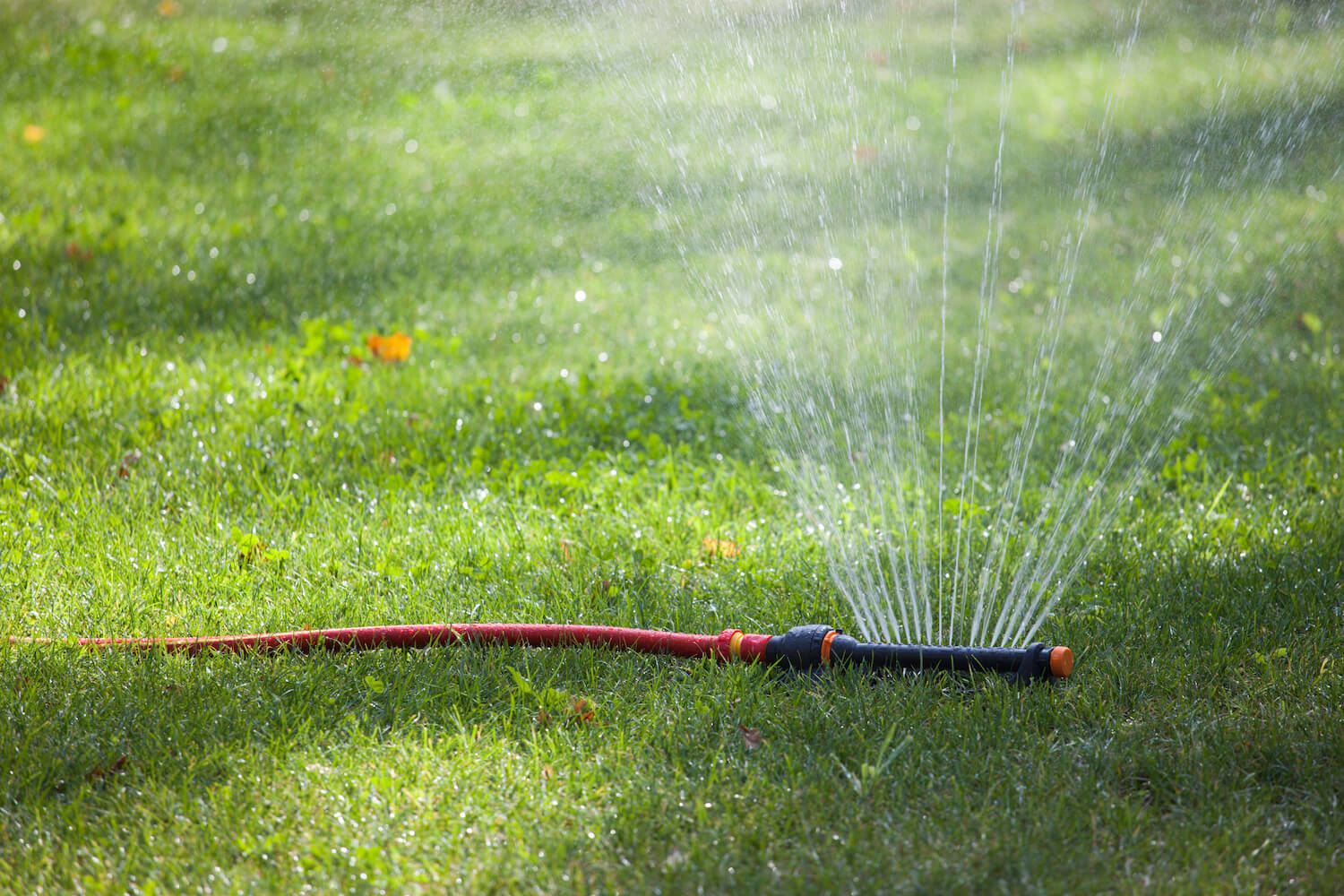

Landscaping Ideas
How To Treat Burnt Grass
Modified: March 26, 2024
Learn effective landscaping ideas to treat burnt grass and revive your lawn. Discover expert tips for restoring your lawn's health and appearance.
(Many of the links in this article redirect to a specific reviewed product. Your purchase of these products through affiliate links helps to generate commission for Storables.com, at no extra cost. Learn more)
Introduction
So, you're out enjoying the sunshine, having a great time grilling up some burgers or hosting a backyard get-together, when suddenly you notice it – the grass beneath your feet is not looking its best. It's discolored, dry, and has that unmistakable appearance of being burnt. Don't panic! This is a common issue that many homeowners face, especially during the hot and dry summer months.
Dealing with burnt grass can be frustrating, but with the right approach, you can nurse your lawn back to health and prevent future damage. In this comprehensive guide, we'll delve into the causes of burnt grass, the steps to treat it effectively, and essential tips for preventing grass burn in the future. By the end of this article, you'll be equipped with the knowledge and strategies to revive your lawn and keep it lush and vibrant year-round. Let's dive in and rescue your burnt grass!
Key Takeaways:
- Treat burnt grass by watering deeply, aerating the soil, and providing shade. Patience and monitoring are key to reviving your lawn.
- Prevent grass burn by proper watering, mowing, and fertilization. Create shade, protect from heat sources, and maintain soil health for a lush lawn.
Read more: How To Regrow Burnt Grass
Understanding Burnt Grass
Before diving into the remedies, it's crucial to understand what causes grass to become burnt in the first place. Burnt grass is often the result of excessive heat, overexposure to sunlight, or improper lawn care practices. When the temperature rises and the sun beats down relentlessly, the moisture in the grass evaporates rapidly, leaving the blades parched and prone to burning. Additionally, activities such as over-fertilizing, mowing too short, or using chemical products incorrectly can also contribute to grass burn.
Another common cause of burnt grass is the use of grills, fire pits, or other heat-emitting objects on the lawn. The intense heat generated by these items can scorch the grass, leaving behind unsightly brown patches. Furthermore, pet urine, especially when concentrated in a specific area, can have a similar effect on the grass, resulting in discoloration and damage.
It’s important to note that different types of grass have varying levels of tolerance to heat and sunlight. For instance, cool-season grasses like Kentucky bluegrass and fescue are more susceptible to burning in hot weather, while warm-season grasses such as Bermuda grass and zoysia grass exhibit greater resilience. Understanding the type of grass in your lawn can help you tailor your approach to treating and preventing burn effectively.
By recognizing the causes of burnt grass, you can take proactive measures to address the underlying issues and implement targeted solutions. Now that we have a clear understanding of the factors contributing to grass burn, let’s explore the steps to treat and rejuvenate your lawn.
Steps to Treat Burnt Grass
Reviving burnt grass requires a multi-faceted approach that addresses the underlying causes while providing the necessary care and nourishment for recovery. Here are the essential steps to treat burnt grass effectively:
- 1. Watering: Begin by deeply watering the affected areas. Ensure that the soil receives sufficient moisture without becoming waterlogged. Water in the early morning or late afternoon to minimize evaporation and allow the grass to absorb the moisture effectively.
- 2. Aeration: Aerating the soil helps improve its ability to retain moisture and nutrients, promoting healthier grass growth. Use a garden fork or aerator to perforate the soil, allowing air, water, and nutrients to penetrate the roots.
- 3. Mowing: Raise the mower blades to a higher setting to avoid stressing the grass further. Trimming the grass too short can impede its ability to recover and thrive. Additionally, ensure that the mower blades are sharp to create clean cuts without causing additional damage.
- 4. Fertilization: Apply a high-quality, slow-release fertilizer to replenish the nutrients that may have been depleted due to the burning. Opt for a balanced fertilizer with a formulation suitable for your specific grass type and follow the recommended application rates.
- 5. Overseeding: If the damage is extensive, consider overseeding the affected areas to promote new grass growth. Choose a high-quality seed blend that matches your existing grass type and prepare the soil adequately for optimal germination.
- 6. Shade and Protection: Provide temporary shade to the burnt areas using lightweight shade cloth or strategically positioned umbrellas. This helps shield the grass from direct sunlight and reduces the risk of further damage during the recovery period.
- 7. Patience and Monitoring: Recovery takes time, so be patient and monitor the progress of your lawn regularly. Adjust your care regimen as needed based on the grass’s response and environmental conditions.
By following these steps diligently and providing the necessary care, you can significantly improve the health and appearance of your burnt grass, facilitating its rejuvenation and regrowth.
Water the burnt grass deeply and regularly to help it recover. Avoid cutting the grass too short and apply a balanced fertilizer to promote new growth.
Preventing Grass Burn in the Future
While treating burnt grass is essential for restoring your lawn’s vitality, taking proactive measures to prevent grass burn in the future is equally crucial. By incorporating these preventive strategies into your lawn care routine, you can minimize the risk of experiencing burnt patches and maintain a lush, vibrant lawn throughout the year.
- Proper Watering: Establish a consistent watering schedule, ensuring that your lawn receives adequate moisture without being overwatered. Deep, infrequent watering encourages robust root development and enhances the grass’s resilience to heat and drought.
- Appropriate Mowing: Adjust your mower settings to maintain a moderate grass height, as longer blades offer better protection against heat stress and promote healthier growth. Aim to remove no more than one-third of the grass blade length with each mowing session.
- Correct Fertilization: Use fertilizers judiciously and in accordance with the specific needs of your grass type. Avoid over-fertilizing, especially during hot and dry periods, as excessive nutrients can exacerbate the risk of grass burn.
- Strategic Shade: Identify areas of your lawn that are prone to excessive sun exposure and consider implementing natural or artificial shading solutions. Planting trees, installing pergolas, or using shade sails can help create sheltered spots for your grass.
- Grill and Pet Care: Exercise caution when using grills, fire pits, or other heat-emitting objects on the lawn. Position them on non-grassy surfaces or use protective mats to prevent direct contact with the grass. Additionally, dilute pet urine in these areas promptly to minimize its impact on the grass.
- Soil Health Maintenance: Keep your soil healthy and well-nourished by regularly testing its pH levels, addressing compaction through aeration, and incorporating organic matter to enhance its structure and nutrient retention.
Implementing these preventive measures not only safeguards your lawn from the perils of grass burn but also contributes to its long-term vitality and resilience. By being proactive and attentive to your lawn’s needs, you can enjoy a lush, green expanse that thrives even in challenging environmental conditions.
Conclusion
Reviving burnt grass and preventing future damage are essential aspects of maintaining a healthy and visually appealing lawn. By understanding the causes of grass burn and implementing targeted solutions, you can effectively rejuvenate your lawn and create an environment conducive to lush, vibrant growth. Whether it’s addressing the aftermath of a summer heatwave or mitigating the impact of various lawn care practices, the well-being of your grass is within your control.
As you embark on the journey of treating and preventing grass burn, remember that patience, attentiveness, and a tailored approach are key. Each lawn is unique, and factors such as grass type, local climate, and usage patterns play a significant role in determining the best course of action. By embracing the steps outlined in this guide and incorporating them into your lawn care routine, you can nurture a resilient and flourishing lawn that withstands the challenges of the seasons.
Furthermore, the satisfaction of witnessing your grass recover and thrive, free from the blemishes of burn, is a testament to the care and dedication you invest in your outdoor space. A healthy lawn not only enhances the visual appeal of your property but also provides a welcoming setting for relaxation, recreation, and social gatherings.
So, equip yourself with the knowledge gained from this guide, tailor the strategies to suit your lawn’s specific needs, and embark on the journey of nurturing a vibrant, resilient, and burn-free grassscape. With your proactive approach and commitment to optimal lawn care, you can savor the rewards of a lush, green oasis that beckons you to step outside and enjoy the beauty of nature, right in your own backyard.
Frequently Asked Questions about How To Treat Burnt Grass
Was this page helpful?
At Storables.com, we guarantee accurate and reliable information. Our content, validated by Expert Board Contributors, is crafted following stringent Editorial Policies. We're committed to providing you with well-researched, expert-backed insights for all your informational needs.
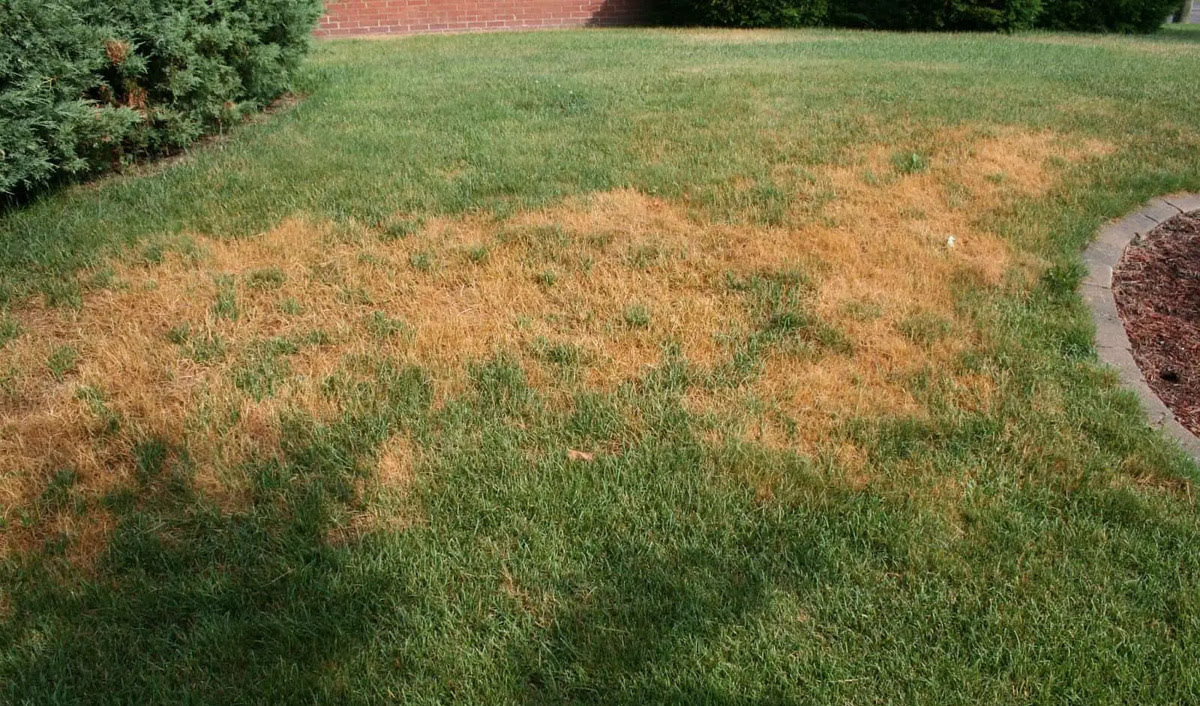

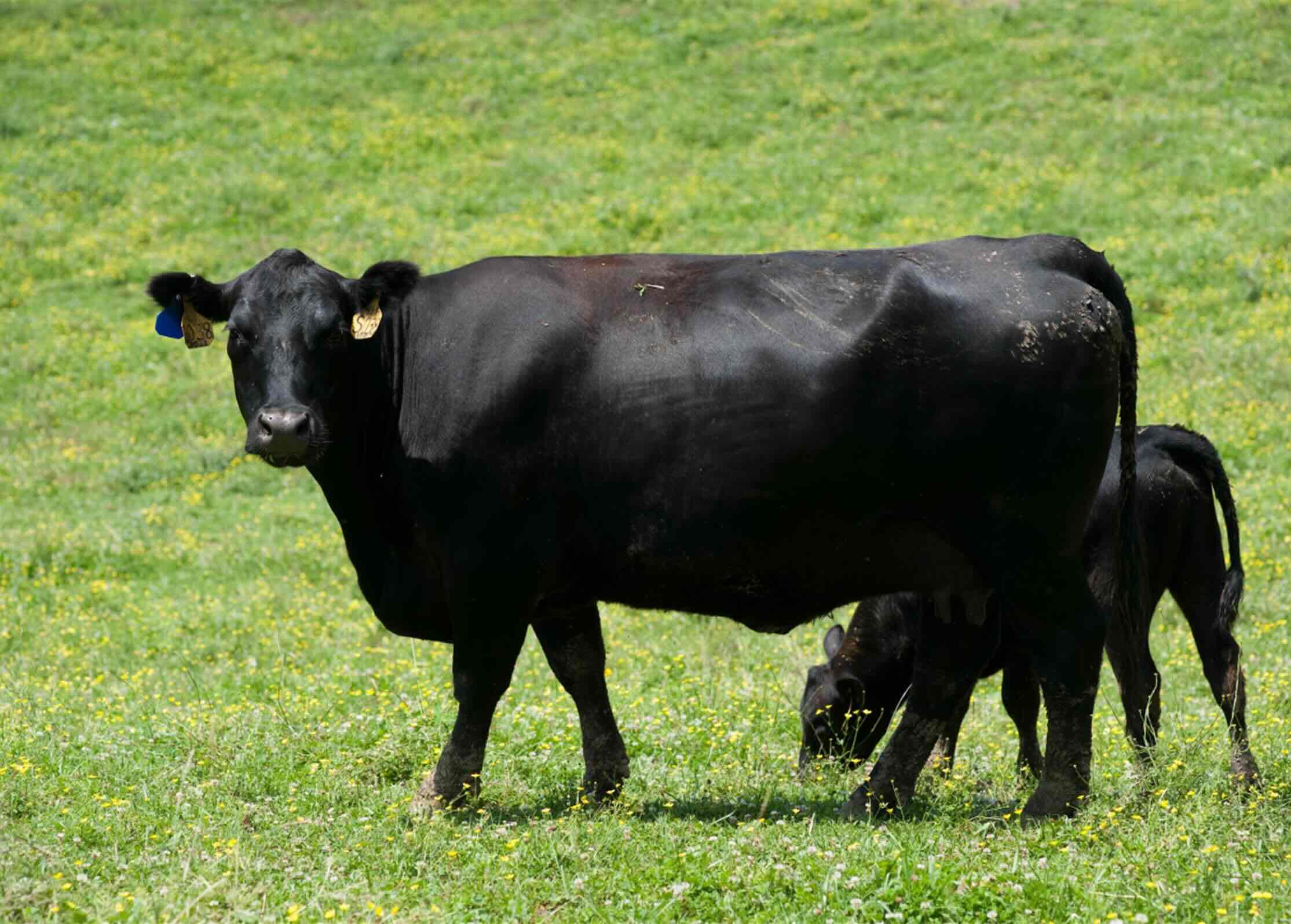
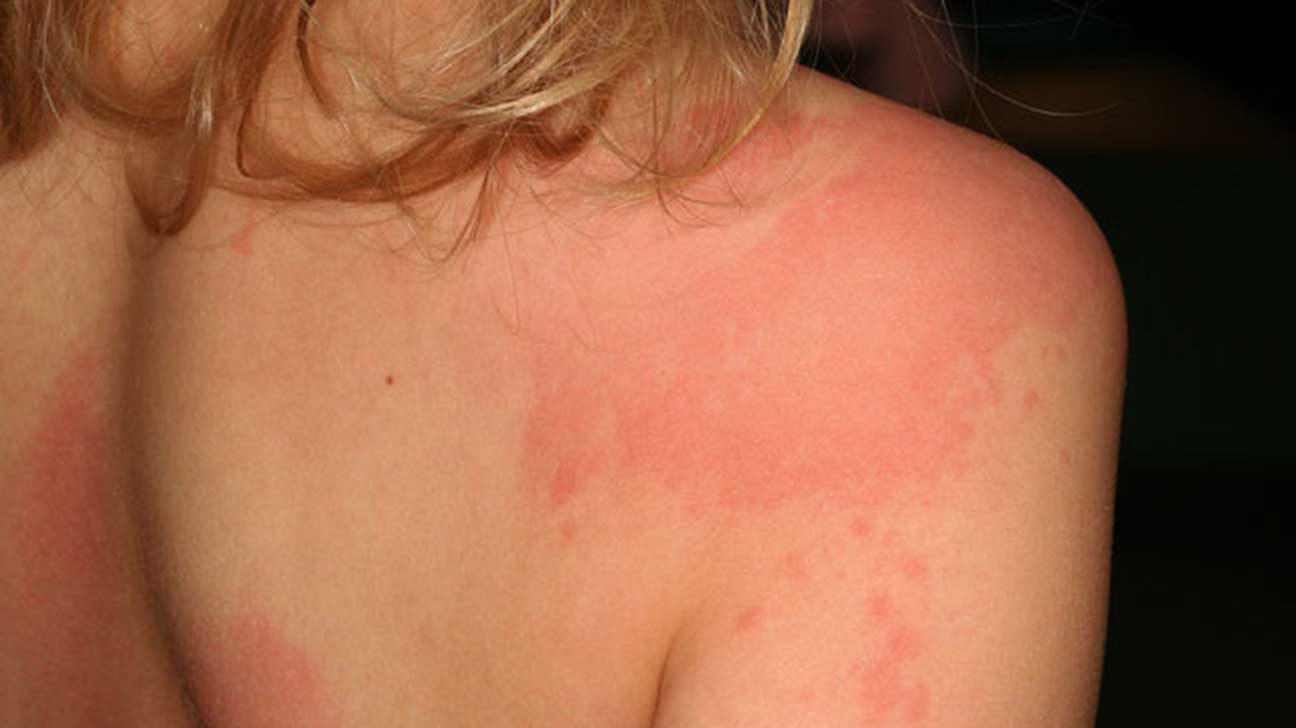
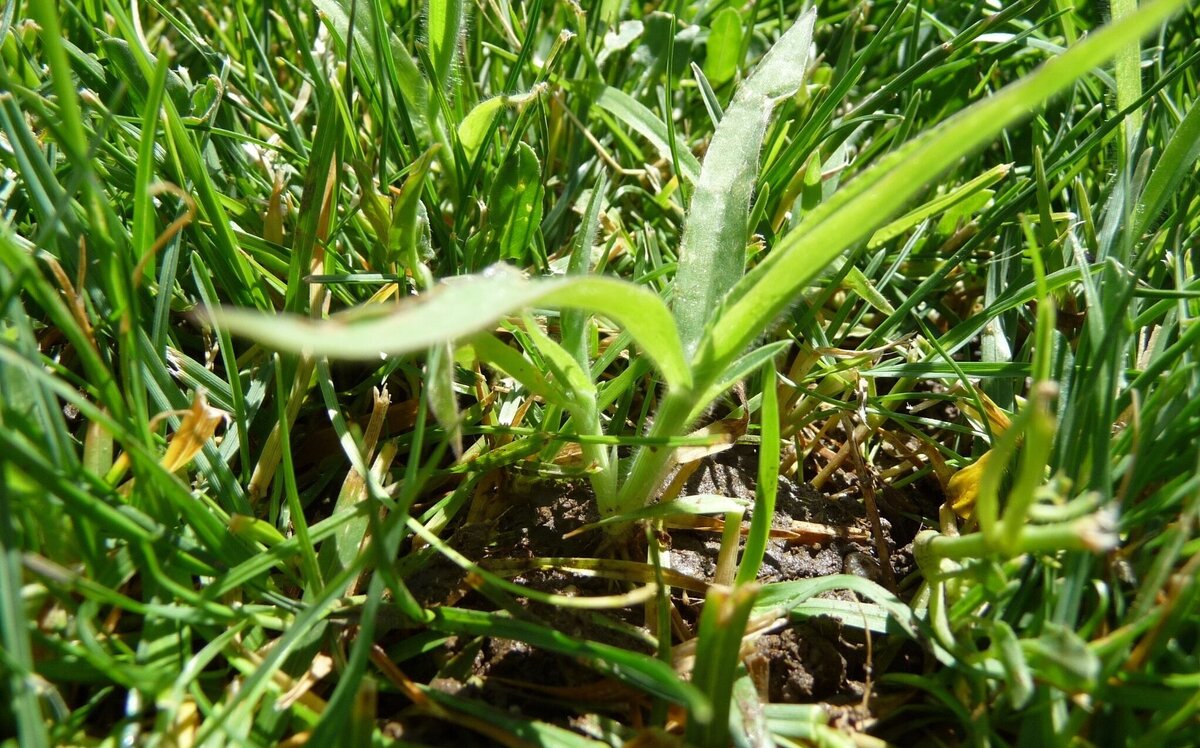
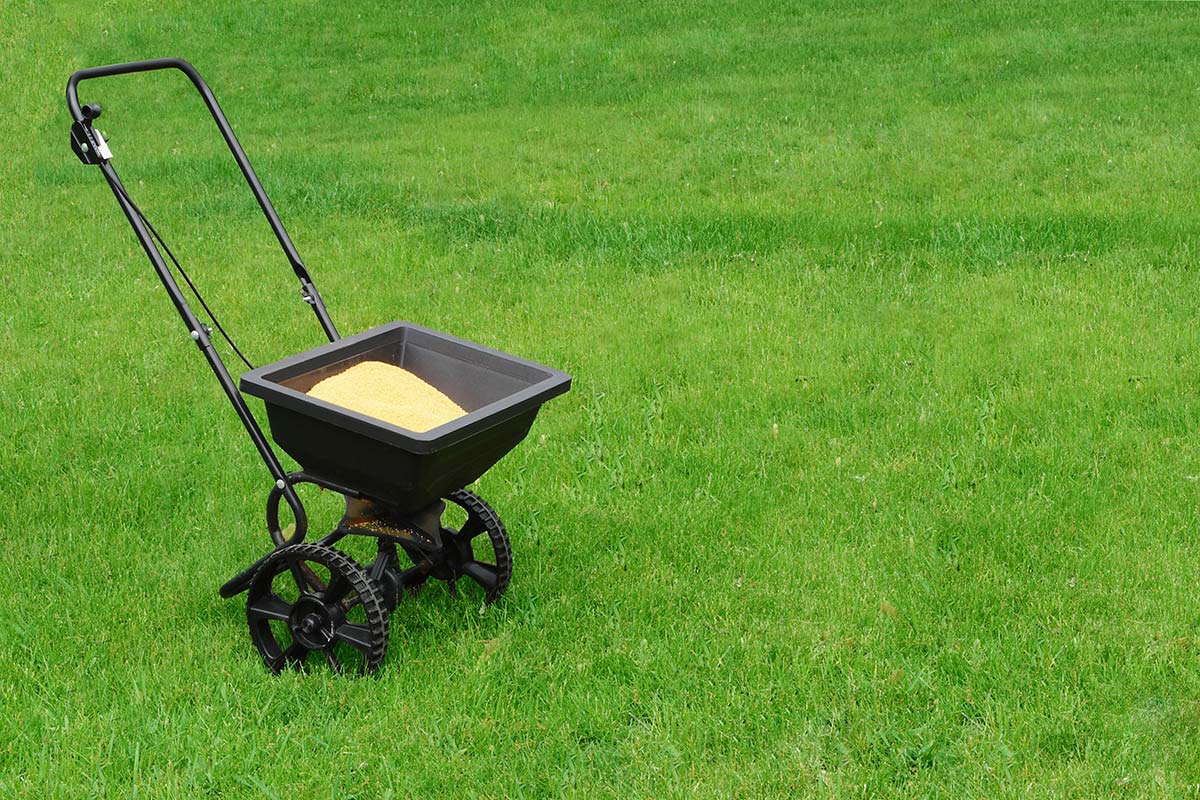
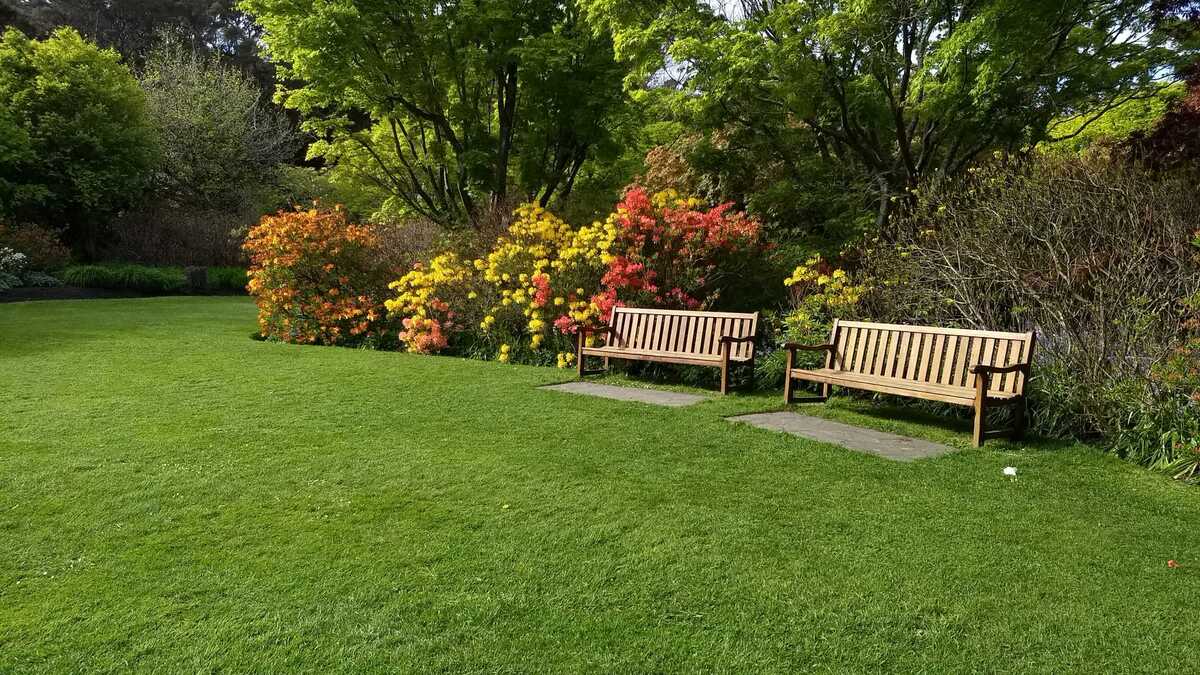
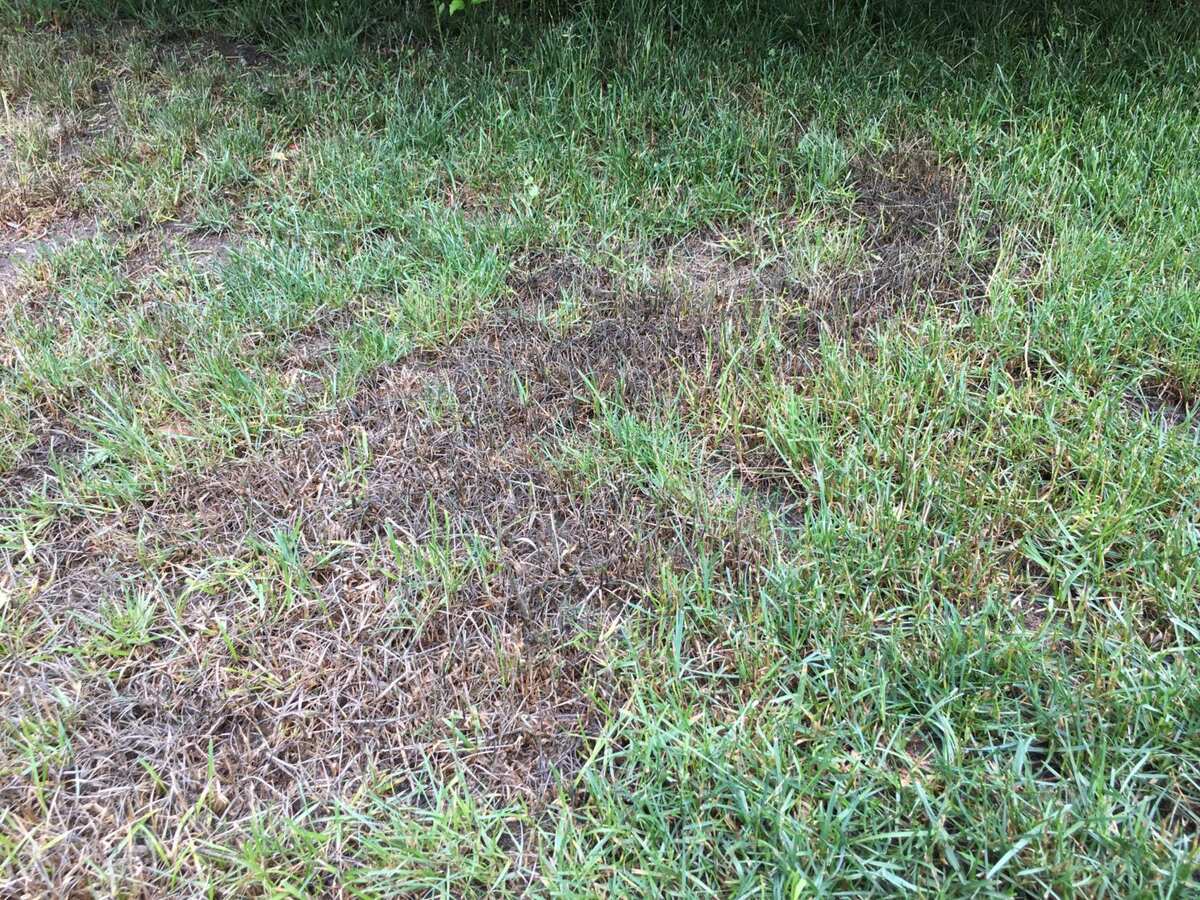
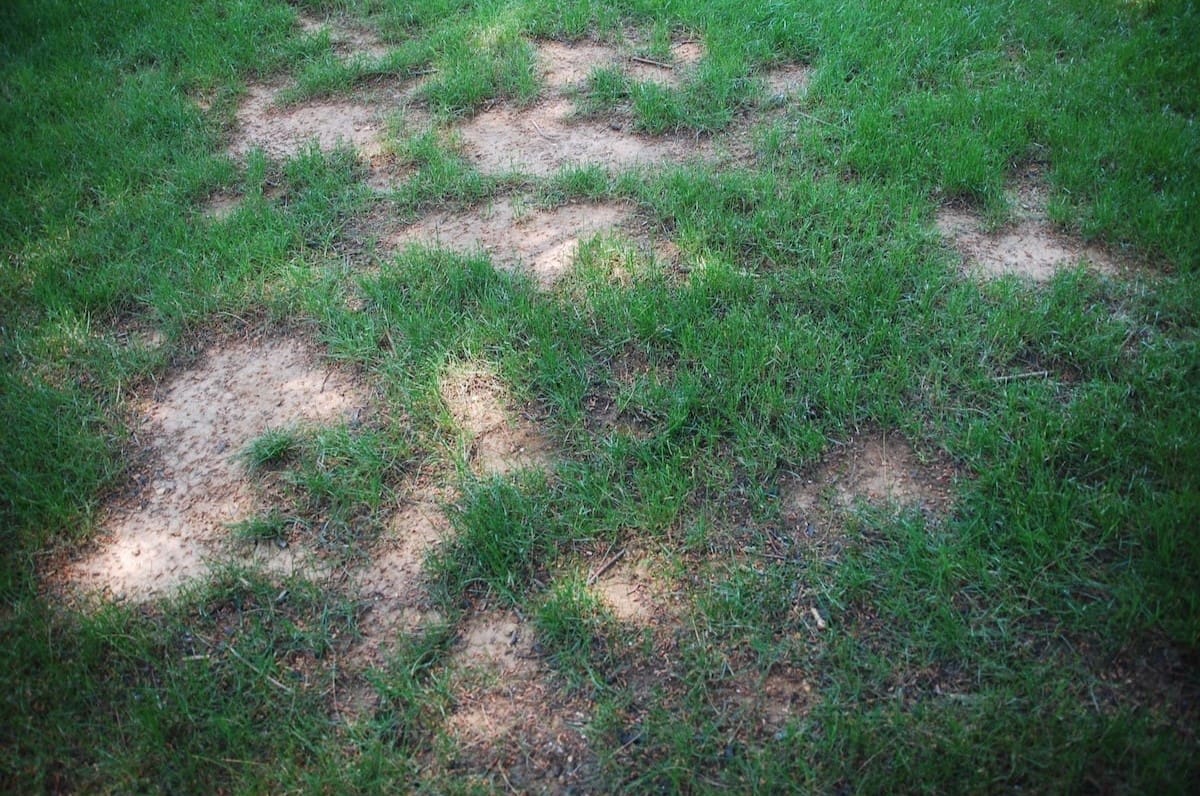
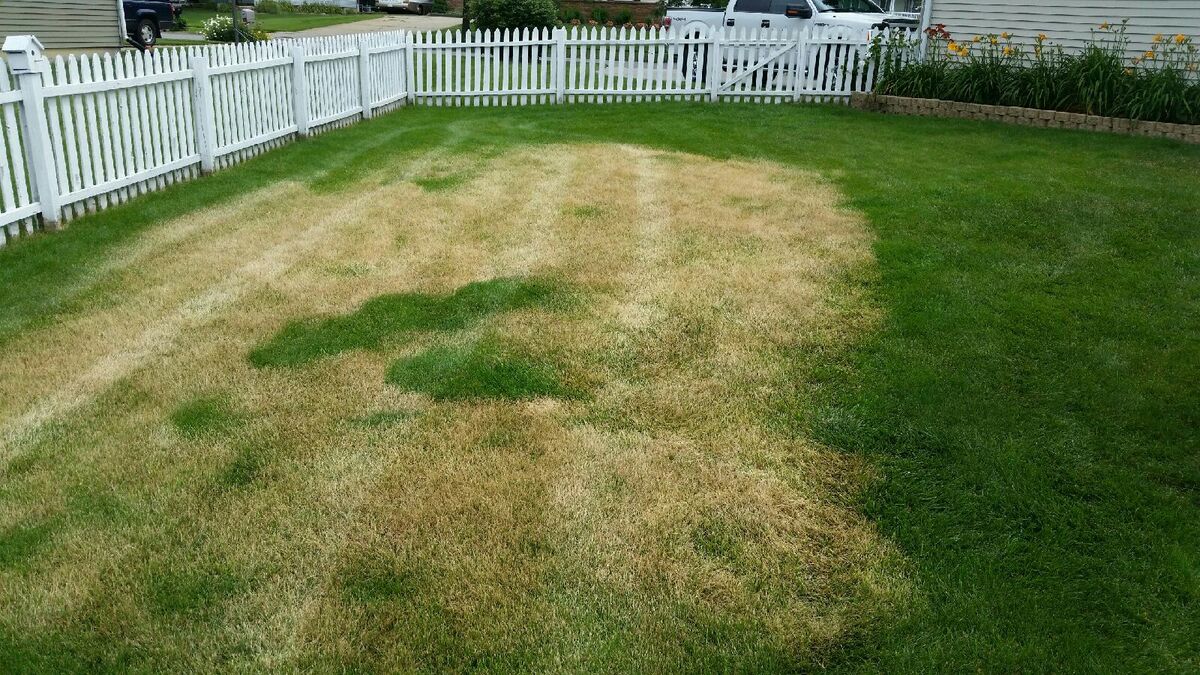

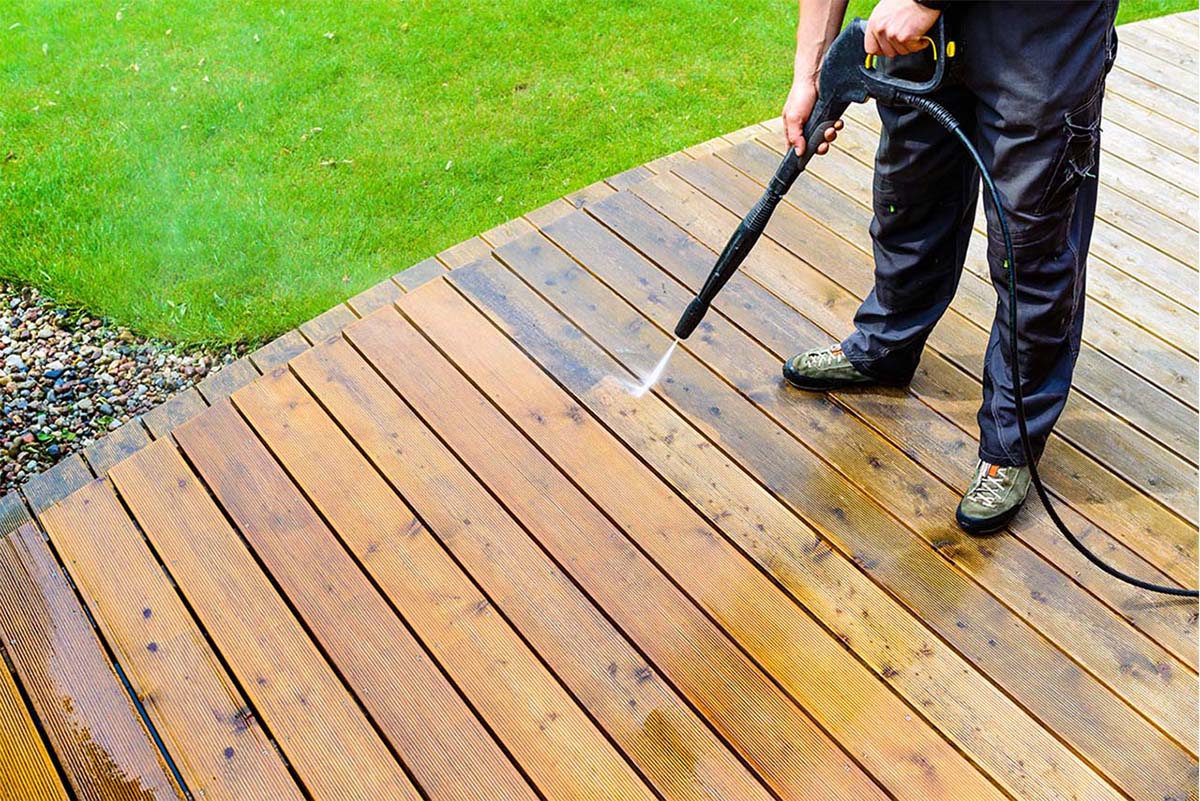
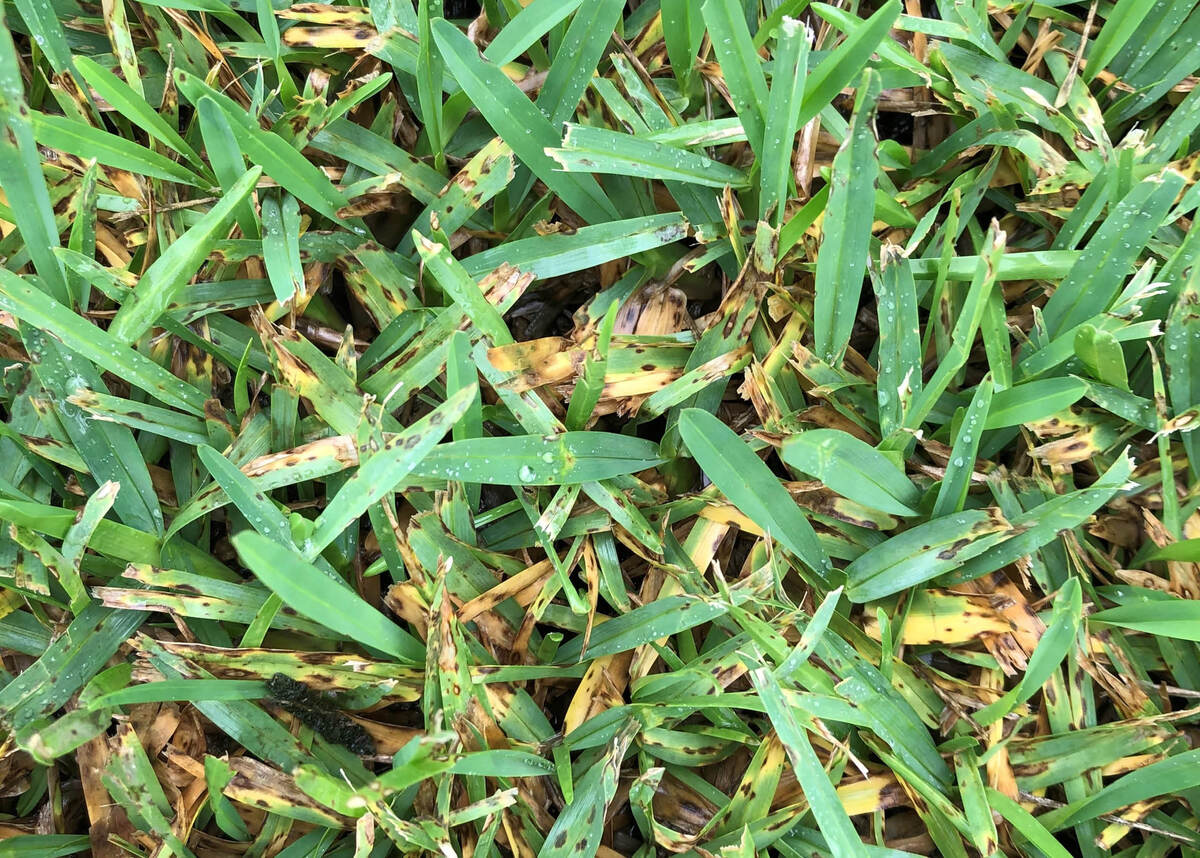
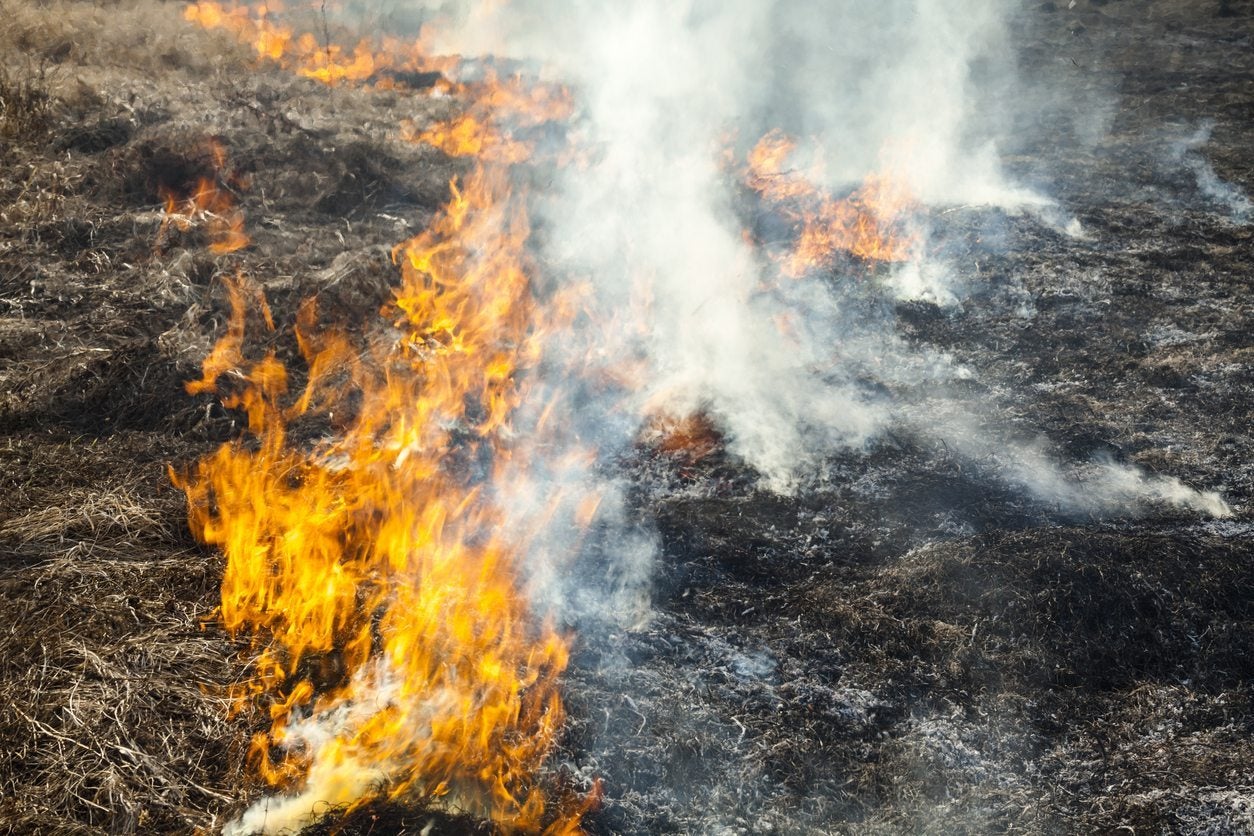
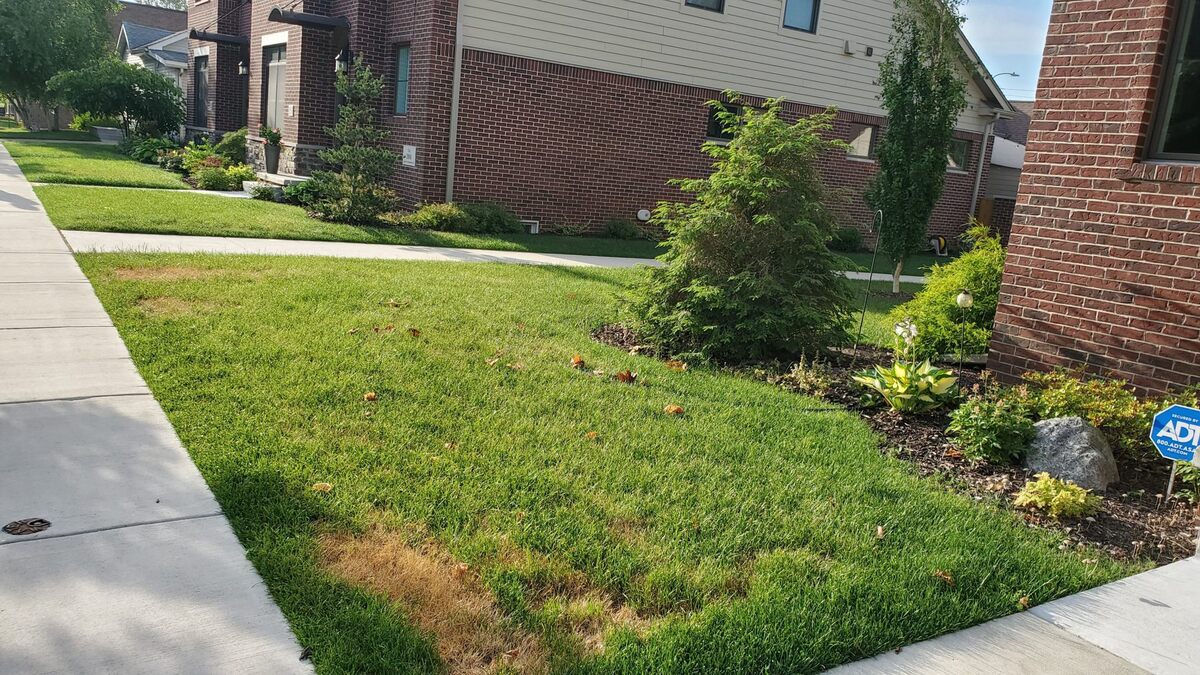

0 thoughts on “How To Treat Burnt Grass”